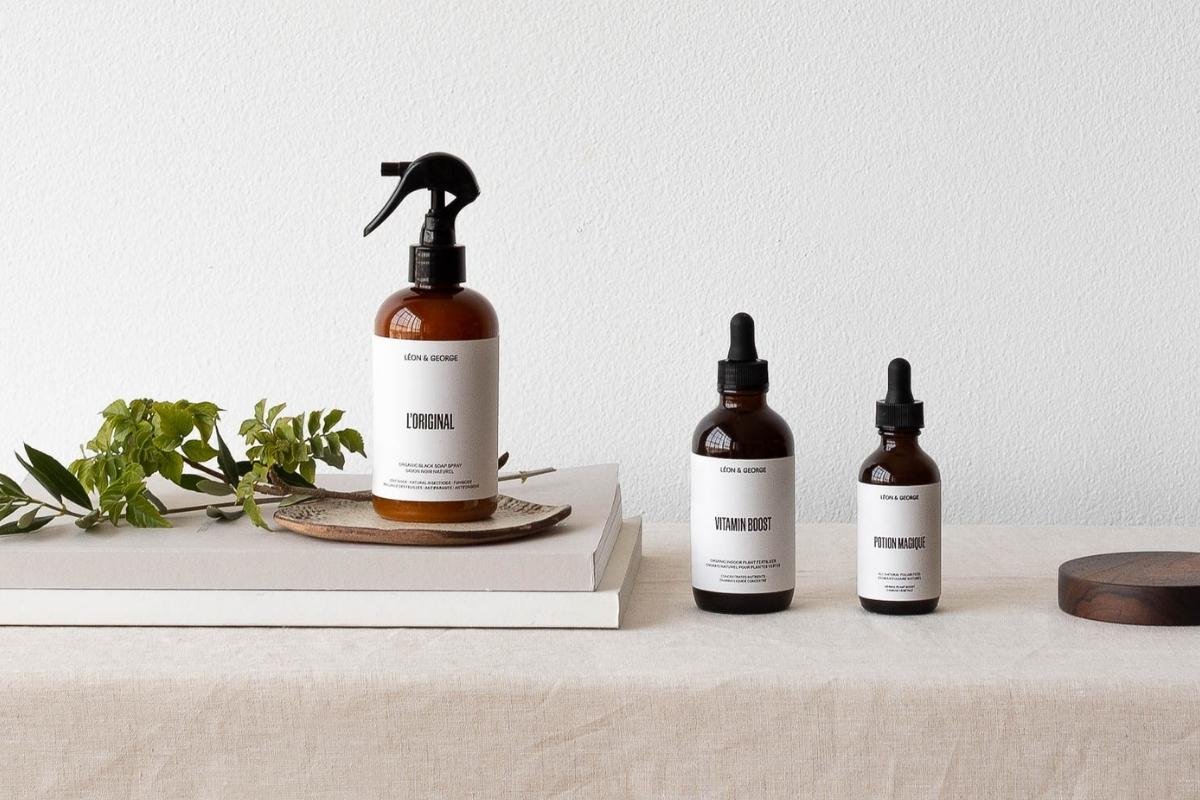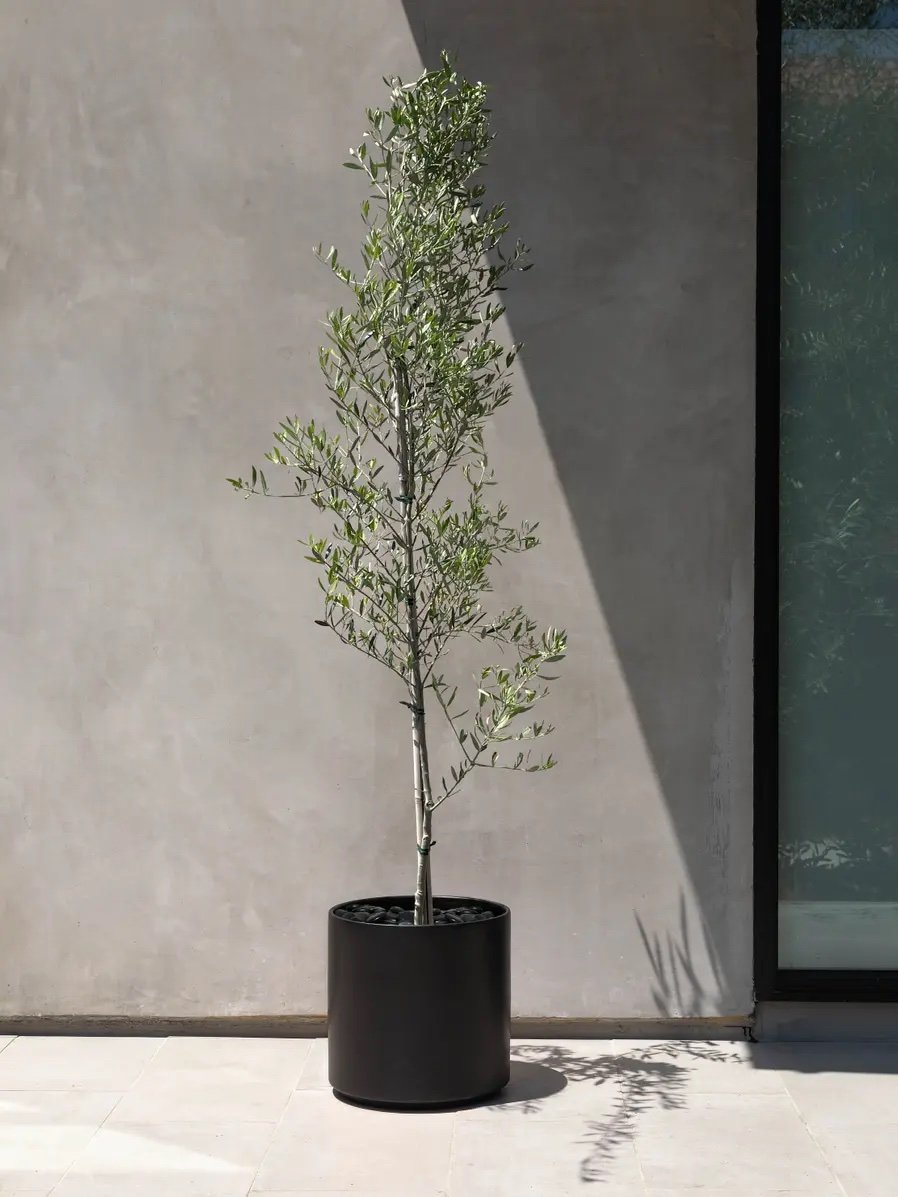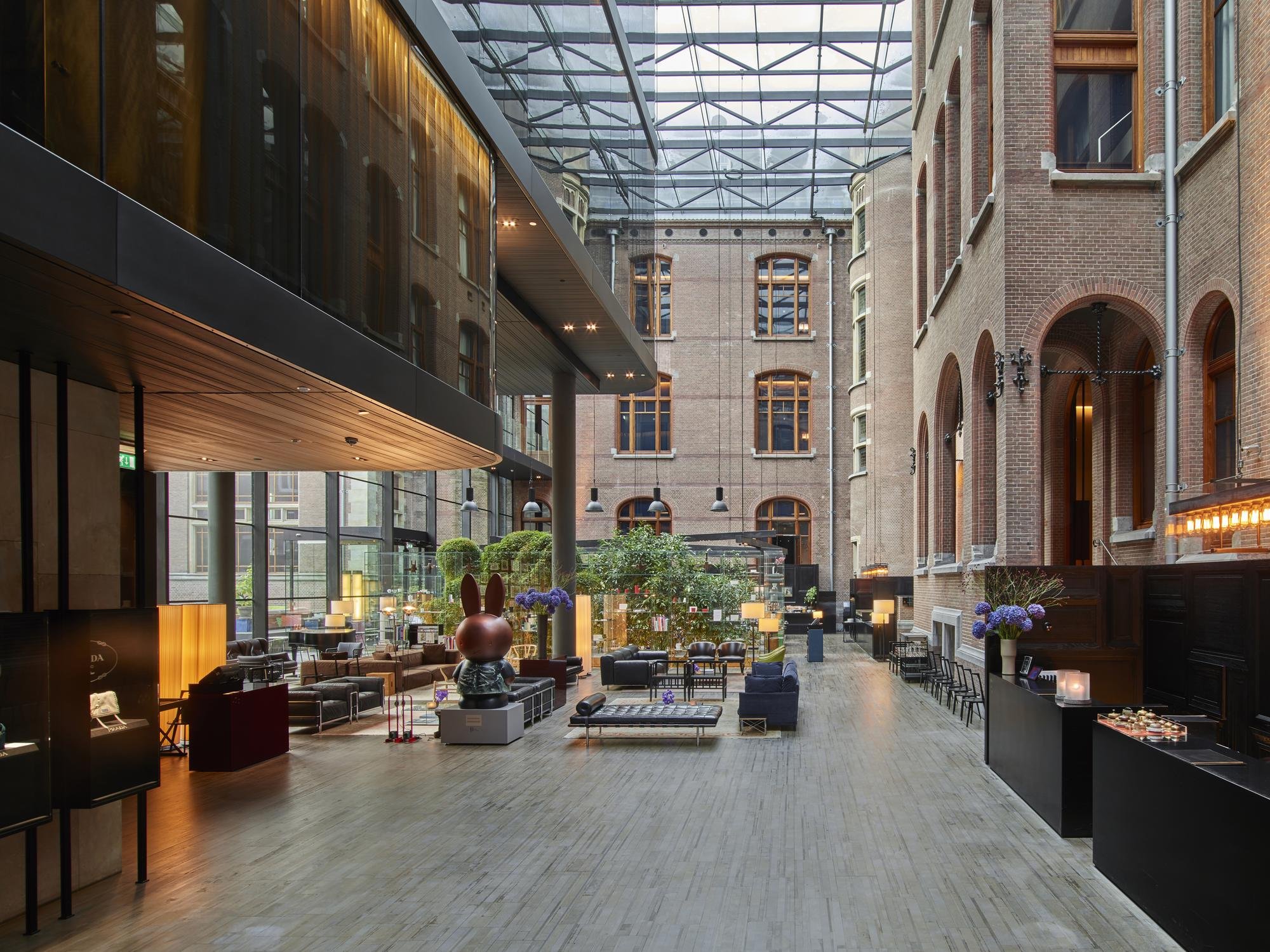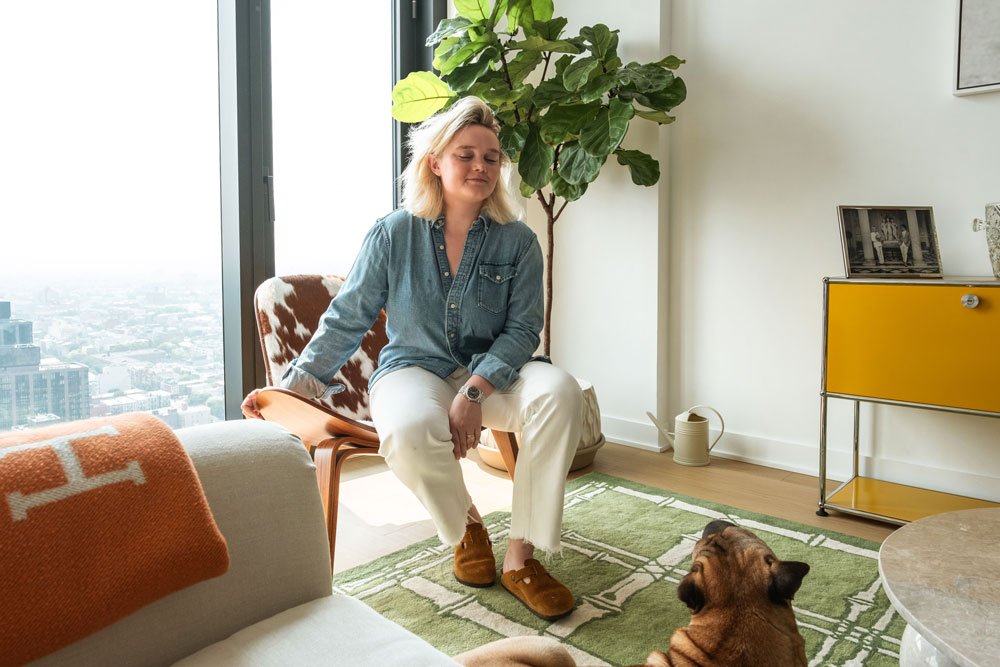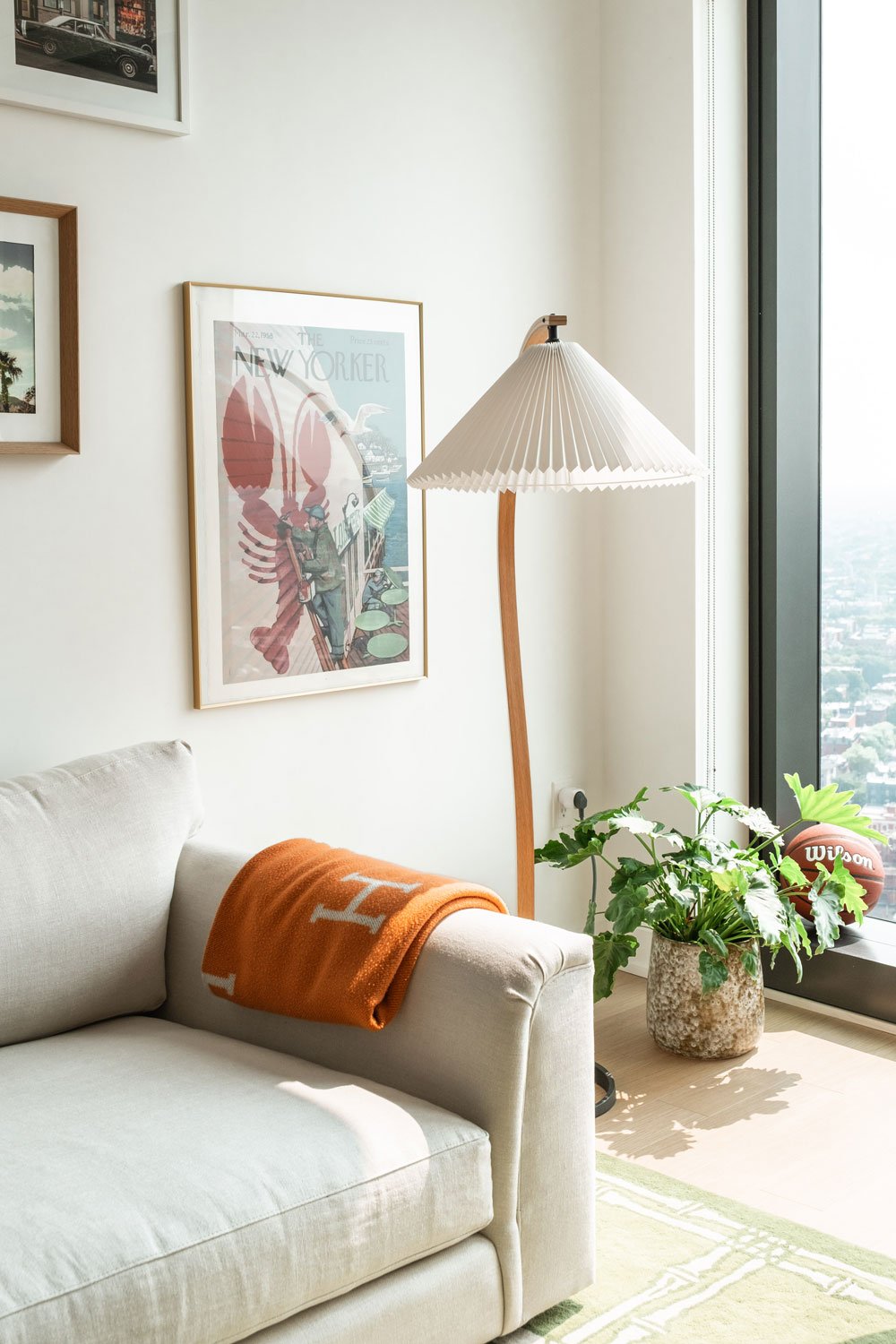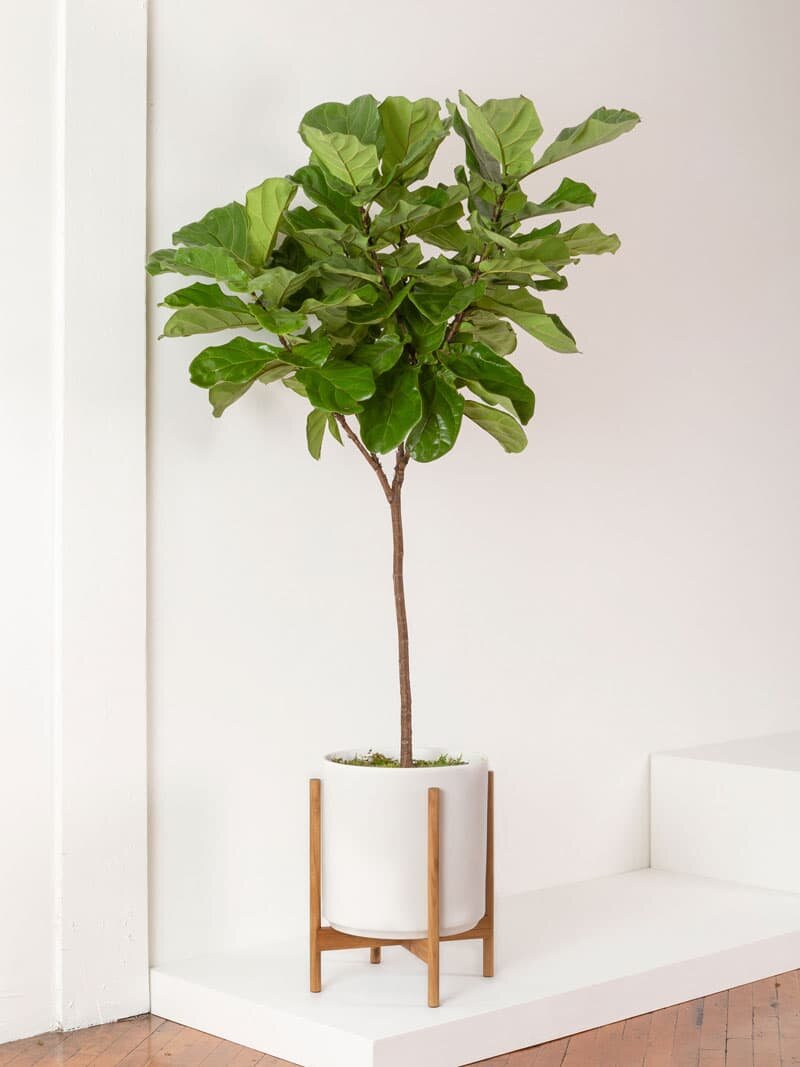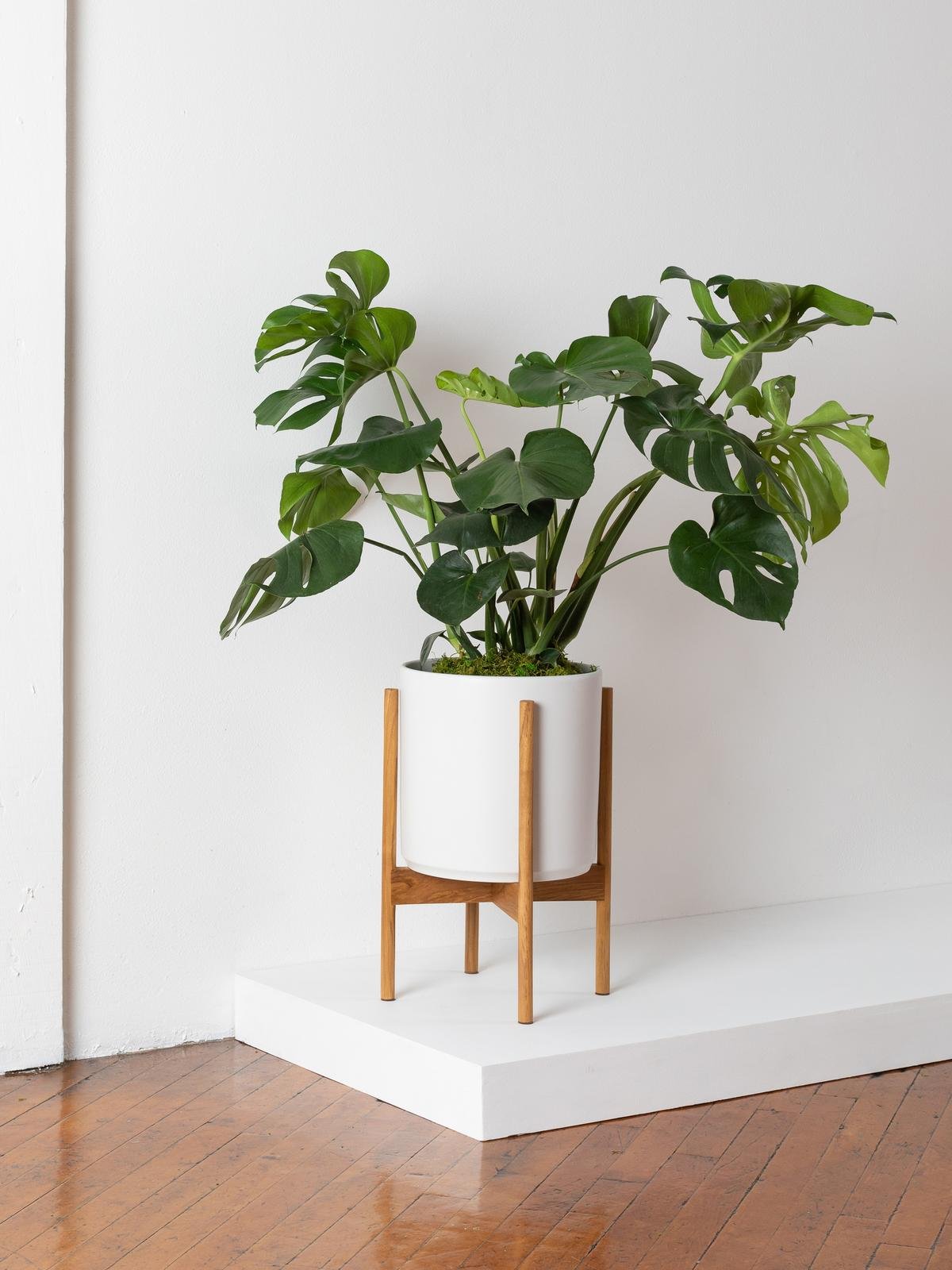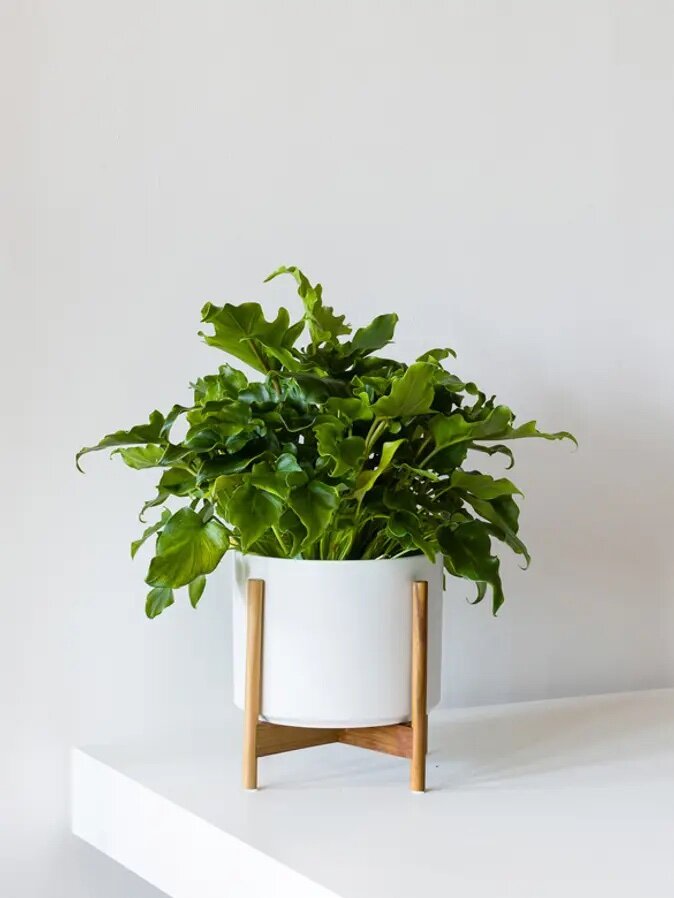Like its name implies, the Cast Iron is an incredibly hardy, easy-care plant.
Finding the perfect indoor plant is a lot like finding the perfect couch.
There are so many options out there and so many considerations to make. Similar to the way we shop for furniture, we are often searching for something we not only love aesthetically but will also match our lifestyle. What is the look you are going for, or what size should you get? Do you have the right light conditions for the plant you’ve been eyeing? What if you have pets or small children — are some of these dangerous to have within their reach? We believe plants and people belong together and we’re here to help make every step of the process as easy as possible. Read on for our tips on how to find the perfect plants for your style and space!
The perfect environment = a thriving plant
The most important thing to first consider when choosing a plant for your home or office is the light. Certain plants, like the popular Fiddle Leaf Fig, absolutely require tons of bright indirect light. Be realistic about your light situation (see our light guide if you aren’t sure!), and make sure you choose a plant that fits the kind of light you have in your space.
Tip: On our website, you can filter plants by bright, medium, and low light.
Find a plant that matches both your home’s light conditions and your style! Pictured here: Monstera Deliciosa. Photo by Apt2b.
Plants that match your lifestyle
Consider how involved you will be in your plant care routine. Some plants, like Calatheas, are more demanding than others, which means they are not a great choice for individuals who travel frequently or are forgetful plant parents. Other plants, like Snake Plants or Zanzibar Gems, can go weeks without watering and are generally very low-maintenance.
Tip: Check the care instructions of the plant first to make sure it’s something that matches what you’re looking for in terms of maintenance.
Creating a look you love
If you fill your home with plants it will undoubtedly look like a jungle, but you don’t necessarily need dozens of plants to create this look! Consider what look you are going for, and curate from there. Lush greenery like the Elephant Ear or Bird of Paradise create tropical vibes, while the Monstera Deliciosa has a retro feel and the Fiddle Leaf Fig or Rubber Tree a classic look.
Tip: Not sure what look you want? Go for one large statement plant, or group a few different plants of differing heights together.
Plants like the Staghorn Fern are non-toxic, and safe to have in homes with curious pets and children. Photo by @noshwithtash.
Other considerations
Curious pets at home? There are plenty of pet-safe options, though do keep in mind that unless your pet is likely to consume quite a bit of the plant, you probably don’t need to worry too much about your plant being pet-safe.
Alternatively, you may be looking for plants that work well in certain rooms of your home. Check out our favorite plants for the bedroom or bathroom, and see why these are great choices for these specific spaces.
Still need help?
Reach out and let us help you create your oasis! Email us anytime at hello@leonandgeorge.com to consult with one of our plant stylists in finding the perfect plants for your space.
Indoor plants, potted & delivered
Premium plants paired with stylish pots, plus lifetime plant care support. Order online at leonandgeorge.com


























